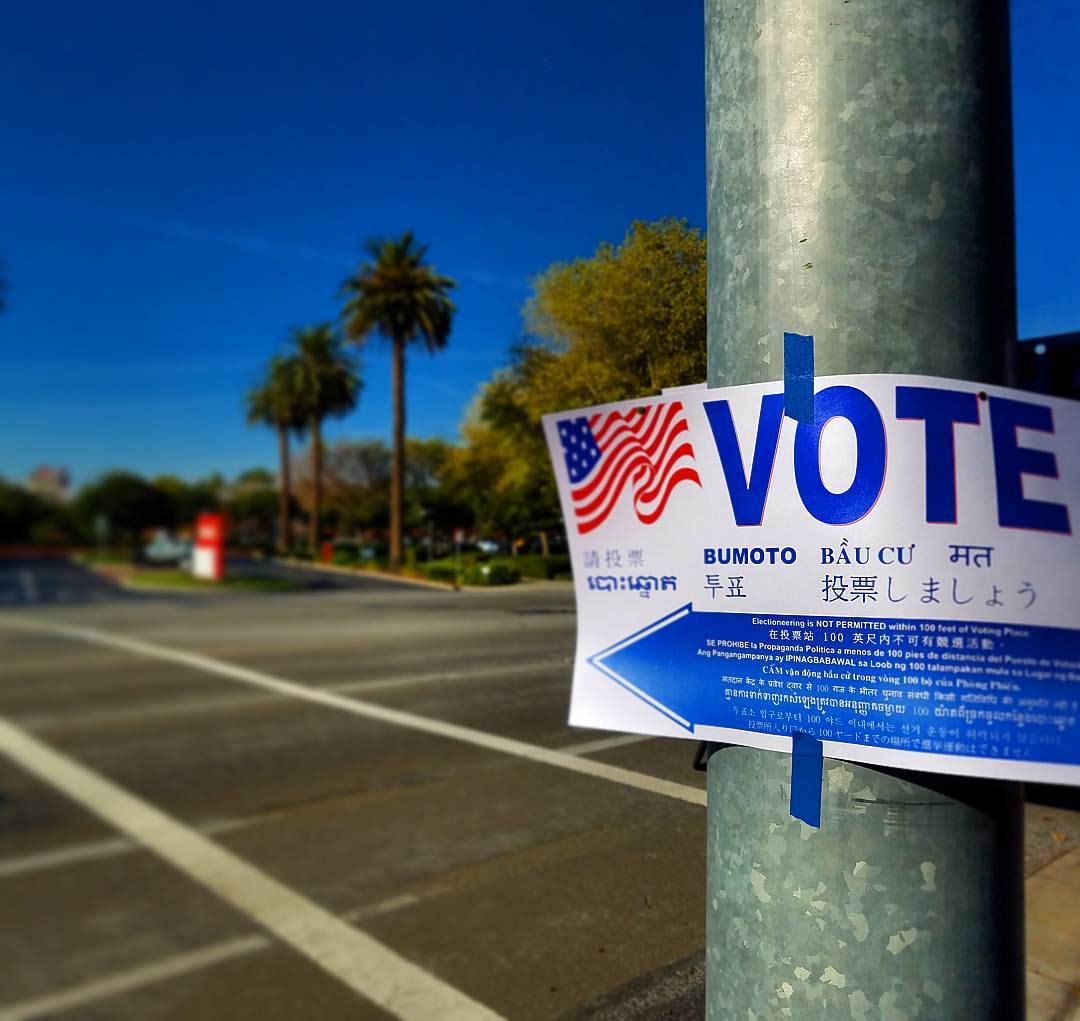With three weeks left until Election Day, Santa Clara County is on the front lines of what some see as an increasingly difficult recruitment process for election volunteers nationwide.
Across the country, counties are struggling to find enough volunteer poll workers to staff voting locations. The shortage is especially pronounced in Bay Area counties with high densities, lower populations of retirees and fewer competitive, well-funded races.
Wendy Hudson, the Election Coordinator of Public Affairs in the Office of the Santa Clara County Registrar, said the county still needs at least 1000 more poll workers in order to supervise the midterm elections on Nov. 6. She added that the actual number of volunteers desired by her office is even higher to account for no-shows.
According to Hudson, there are many reasons for the shortage, and the main cause is no mystery: people are busy, and being an election officer is hard.
“One big reason [for the shortage] is, it’s a large time commitment to be an Election Officer,” Hudson said, estimating that volunteers each work 14 hours on Election Day.
“Also, [there is] the need to attend training, and the [possible] requirement to also spend time setting up the polling place the night before,” she added.
Lower-income individuals might face additional barriers to volunteering.
“Many times those interested … have no transportation, and find it difficult to commit to the task,” Hudson said. “And of course, many employers don’t allow their employees to take a day off from their regular work day to work at the polls.”
Hudson explained that the county has been actively trying to recruit a wide range of volunteers from around the area to help. Its latest campaign has included ads on county buses, Facebook and Nextdoor, and in print and online newspapers (often translated to reach immigrants), radio spots and television commercials.
The ads typically highlight the pay available for election officers, which – at a little less than 200 dollars for one day – matches that offered by other Bay Area counties such as San Francisco and Alameda.
Bilingual speakers, who are in especially high demand, receive an extra stipend.
However, even as counties double down on their advertising efforts, the worker shortage persists.
With all these difficulties, some neighboring counties, such as San Mateo, have decided to simply phase out polling locations and switch over nearly entirely to mail-in ballots. As part of SB-450, a 2016 bill designed to give counties more flexibility in mail voting, California counties can opt to send every voter a ballot in the mail.
SB-450 increased voter turnout in a majority of the California counties that implemented mail-in voting across the board. In this summer’s primary, for example, Sacramento city officials were overwhelmed by the highest turnout in a non-presidential primary in over two decades, with 200,000 ballots left unread at the end of election day tallying.
Santa Clara was unable to participate in the SB-450 pilot project this summer because the county is still in a contract with the company that manufactures the voting machines used. However, Hudson said those are nearing the end of their lives.
As such, the County is considering joining the pilot project as soon as the end of this year. It is currently evaluating new voting system proposals.
Universally-mailed ballot policies have already been implemented statewide in Washington, Oregon and Colorado. According to the National Conference of State Legislatures, such policies may reduce costs and improve voter satisfaction. However, critics say that they may also damage civic tradition or fail to provide flexible options for communities underserved by mail services, such as Native American reservations. The effect of such policies on voter turnout remains largely unstudied.
Stanford in Government Vice-Chair of Communications Meredith Manda ’19 said that mail-in ballots could decrease the “theoretical cost” of voting, giving constituents more flexibility on Election Day.
“The more outlets there are to vote, the better it is for increasing voter turnout,” she said.
In regard to the volunteer shortage, Manda said that even if Stanford students are too busy to volunteer as poll workers this Election Day, there are still plenty of alternate ways to get involved. She cited voter registration training as an example.
“One thing we do that is very awesome, and something that the Haas Center for public service has really been critical in helping out with, is our voting registration training,” she said. “We register people to vote but we also train people to register people to vote [so that] Stanford students can go out into their communities and help others.”
Contact Cooper Veit at cveit ‘at’ stanford.edu.
